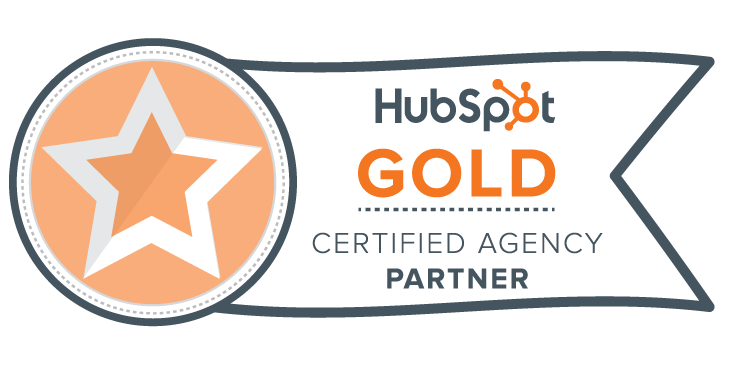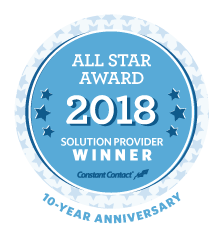
Ah SEO…everyone’s favorite buzzword that no one quite understands. There are literally thousands of articles online about Search Engine Optimization (SEO) and the right and wrong way to SEO (and even some arguing that SEO isn’t important at all).
The truth is that Google is ever-evolving and what SEO means is also constantly changing. However, there are a few steps that remain consistent, no matter how much Google changes.
Whether you’re using a short keyword or a long tail keyword, there are five key steps to take to make sure your blog and page content is SEO’d properly:
1. Put Keyword in Title
The title of your blog or page is still one of the most important factors that helps Google decide what your content is about. The first step you should take when making sure your content is optimized is to make sure your keyword appears in the title.
2. Put Keyword in URL
The URL isn’t as vital for SEO, but it’s important that your title match the URL at least somewhat. It doesn’t need to be the full title of your blog post or page, but it should at least contain your keyword.
3. Format Correctly
There’s a certain art to formatting website content – luckily, it’s pretty easy to follow. Google doesn’t like sending people to websites that are just walls of text because people don’t like reading walls of text. When writing your blogs, always make sure to:
- Use headings to organize content
- Keep paragraphs short (under 5 sentences, generally)
- Make lists (like this one!)
- Use bold or italics sparingly to highlight key ideas
With that in mind, scroll back up and look through this post. See how it’s broken down into short pieces? Make it easy for your readers to skim-read.
4. Include Alt Attributes in Images
Google is pretty sophisticated, but it can’t view images just yet. That’s where alt attributes come in – these are little pieces of code that describe what an image is to Google. Alt attributes are easy to add in most website editors. In WordPress, you’ll see the option to add an alt attribute when you upload an image.

Try to include your keyword in at least one image’s alt attribute.
5. Write Authentically
Traditional SEO advice is to make sure your keyword appears in at least 2-5% of your content. This is generally still true, but not as important as writing authentically. Google has rapidly become sophisticated enough that you no longer need to stick to a strict keyword – it can recognize variations of a keyword. For example, if your keyword is “Hotels Minneapolis” you don’t have to repeat that keyword verbatim in your content – you can use varations like “hotels in Minneapolis” or “staying at a hotel in Minneapolis.” Keep your keywords in mind while writing, but it’s more important that your content is written with your reader in mind.
Want to know more about SEO? Don’t miss our upcoming Google Livestream on How to Build a Local Search Presence.
* * *
Get Better Results with Growth-Driven Web Design – Free eBook
Growth-Driven Web Design is not only easier on your team and wallet- continuous updates and improvements to your website will keep your customers coming back for more. This free eBook goes over Growth-Driven Web Design and what you need to know to get started.
Need a new digital marketing or web design plan? We are a Minneapolis SEO, digital marketing, social media marketing, web design and HubSpot inbound marketing agency. We specialize in inbound marketing and Growth-Driven Design. We’re located just outside of Minneapolis. Stop on by and get started – and while you’re here, pick up a free honey stick (yes, we love our bee-related theme).
 Get Started
Get Started Support
Support Call us
Call us Email Us
Email Us



